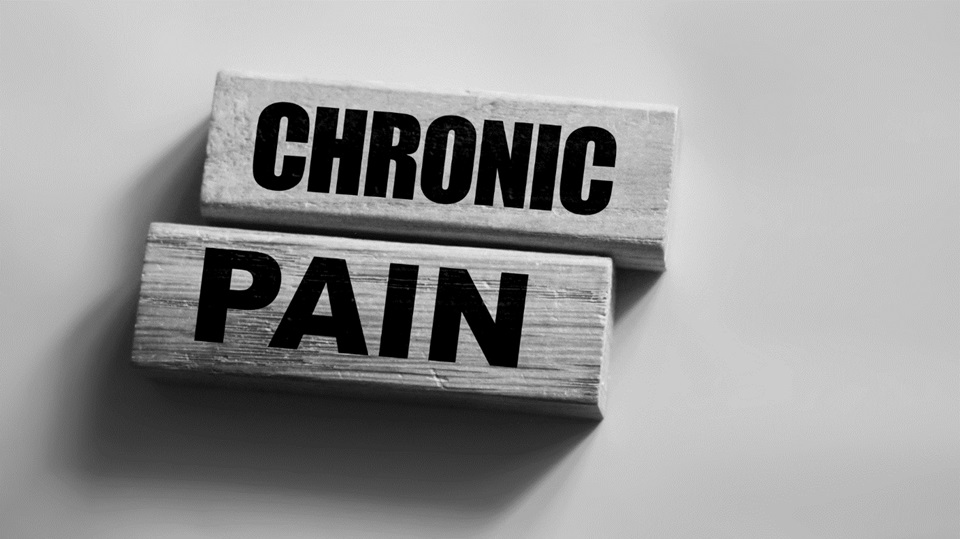Pain is an unfortunate part of life that everyone experiences at some point. However, not all pain is the same. It’s important to understand the two primary types of pain – acute and chronic pain – and how they differ. In this article, there are two types of pain, their causes, and potential treatment options.
Acute Pain: Temporary and Short-Lived
Acute pain is a normal and expected response to an injury or illness. It is temporary and tends to decrease in intensity as the body heals. Common causes of acute pain include:
- Burns or cuts.
- Broken bones.
- Dental work.
- Surgical procedures.
Treatment for acute pain often involves over-the-counter pain medication, rest, and potentially physical therapy if the injury necessitates it. Acute pain generally resolves on its own as the body heals, but in some cases, it can progress to chronic pain if not treated appropriately.
Chronic Pain: Persistent and Long-lasting
Chronic pain is something that stays for a long duration of time, typically lasting for 12 weeks or longer. It can be due to an ongoing condition, or it may remain after the original injury or illness. Common causes of chronic pain include:
- Arthritis
- Fibromyalgia
- Migraines
- Nerve damage
- Low back pain
Contrary to acute pain, chronic pain can last for months or even years and is not always clearly tied to a single cause. Treatment for chronic pain often involves a pain management plan that combines medication, therapy, and lifestyle changes.
Medication
Depending on the specific type and intensity of chronic pain, doctors might prescribe over-the-counter pain relievers, prescription-level medications like opioids, or non-steroidal anti-inflammatory drugs (NSAIDs) as part of the treatment plan.
Therapy
Physical therapy, occupational therapy, or other specialized therapies can aid patients in developing coping mechanisms for pain while improving their overall function and quality of life.
Lifestyle Changes
Keeping up a healthy lifestyle, with an emphasis on regular exercise, a balanced diet, and proper sleep, can have a significant impact on managing chronic pain. Sometimes, identifying and eliminating triggers can also aid in reducing pain levels.
Conclusion
Understanding the difference between acute & chronic pain is critical for managing and treating these conditions effectively. Acute pain is temporary and short-lived, while chronic pain is persistent and long-lasting. In both cases, proper treatment and management can significantly impact the individual’s quality of life. If you’re struggling with either type of pain, it’s important to consult with a healthcare professional for pain management in Chicago for proper diagnosis and treatment. Thank you for reading!



